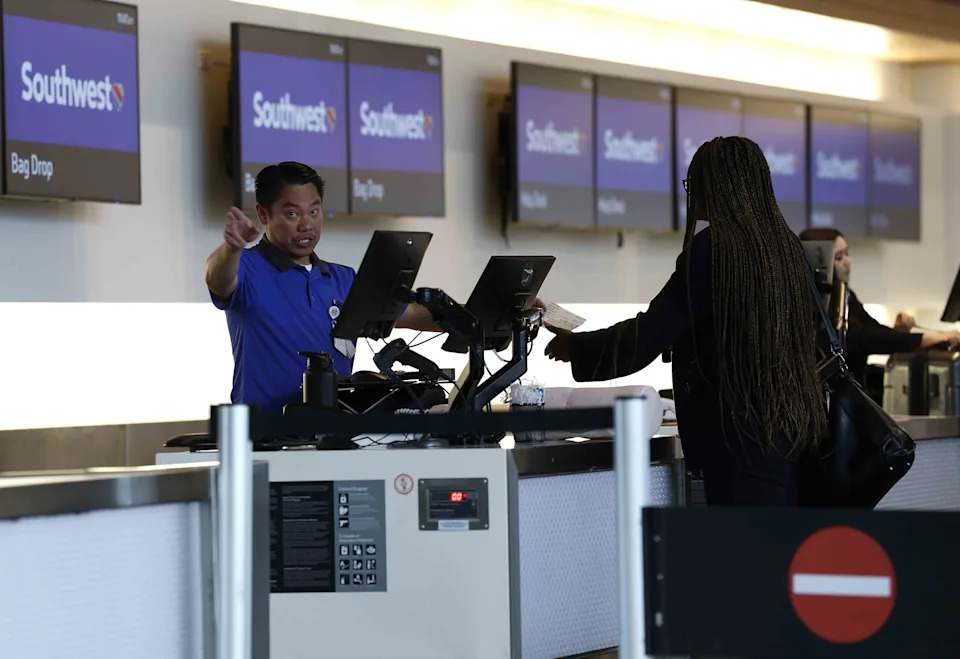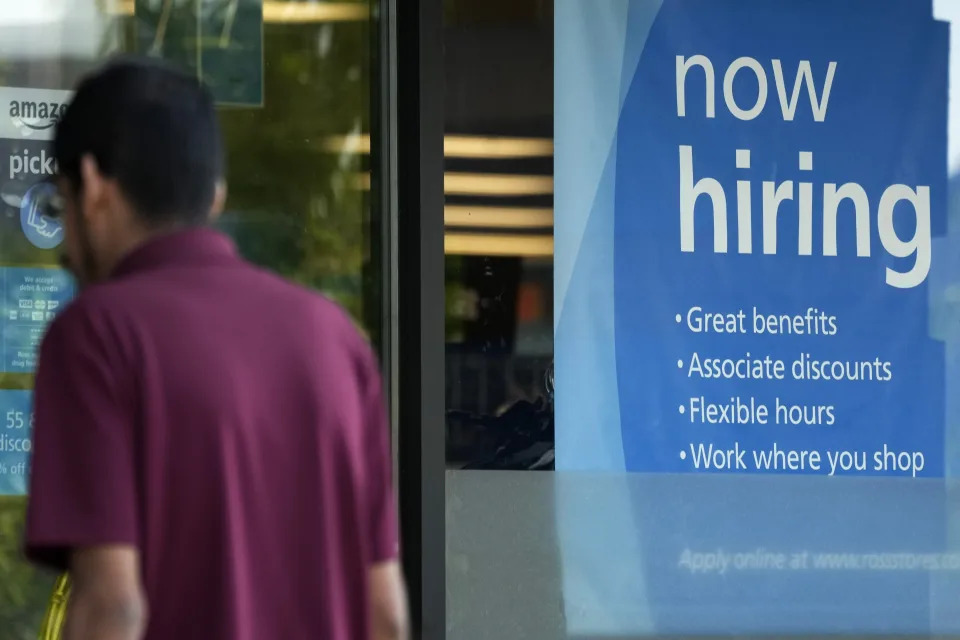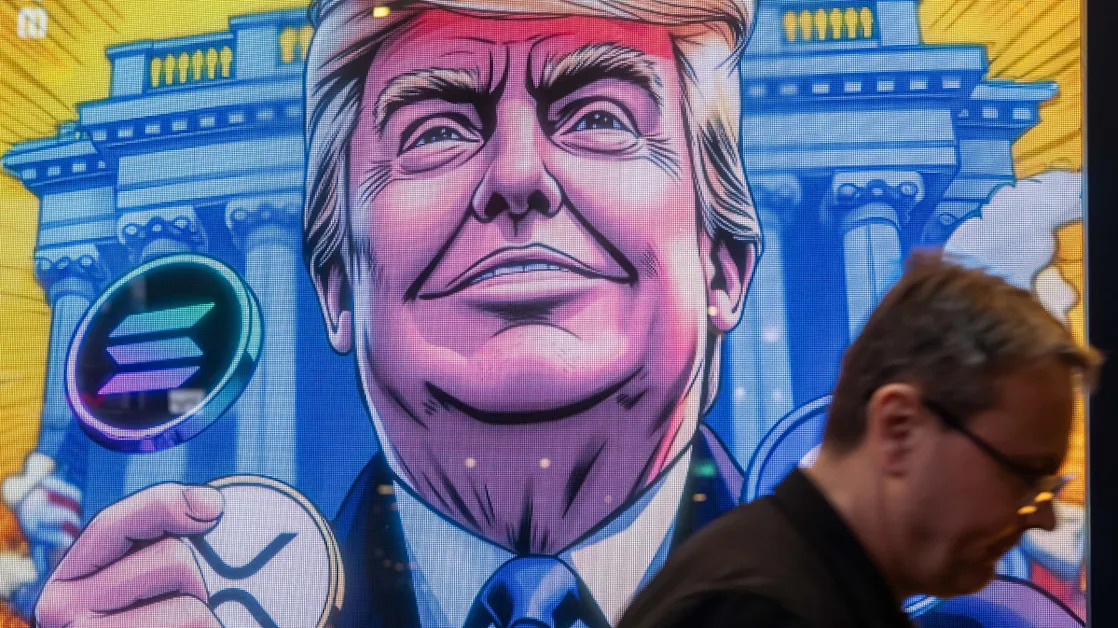
Key Takeaways
Consumers may have doubts about the economy's future, but that hasn't stopped them from spending so far—a habit that could prevent a recession.
Consumer sentiment fell for the fourth consecutive month in April . The declines reflect uncertainty surrounding President Donald Trump’s tariff policies and whether they will drive up prices across the economy. Some forecasters are worried that the sour mood could translate to a sustained slowdown in spending and send the economy into a recession .
“How consumers act in these next couple of months will be telling,” wrote Wells Fargo economists Tim Quinlan and Shannon Grein. “Consumer optimism has slid amid tariff-related pricing concerns, but one of the lessons of the pandemic was that what consumers say is seldom the best barometer for actual spending.”
What Does History Tell Us About Consumer Spending Amid a Dour Outlook?
Consumer sentiment was at a historically low reading of 50 in June 2022, when inflation was at more than 9% and gas prices approached $5 amid Russia’s invasion of Ukraine.
However, despite the poor sentiment over elevated inflation, retail sales grew that month, including higher restaurant spending. This was part of a longer trend of strong consumer spending that helped keep the economy from slipping into recession during that period.
A good job market kept consumers spending during that period of bad vibes, which economists said could help keep the economy moving during the current period of low sentiment.
"We actually saw spending be very solid, if not strong, over that period," said Nationwide's senior economist Ben Ayers. "The sentiment readings were not looking so great, but the job numbers were very strong, and that gave people the income and the confidence that they could go out and spend money and that they would still have income coming in."
To that end, economists saw good news in the April jobs report released on Friday, which showed better-than-expected job growth . However, there could be weakness ahead, as the weekly jobless claims reached their highest levels since February, said Bret Kenwell, a U.S. investment analyst at eToro.
"Although consumers have been shifting how they spend their money, they’re still spending, and that can keep powering the U.S. economy forward," Kenwell said. "However, that engine could stall if the labor market deteriorates."
Spending Remains Solid But Weaknesses Are Emerging
Spending remains strong, at least for the time being.
Retail sales, often used as an indicator of spending, came in better than economists projected in March, as Trump ramped up his tariff talk. Some attributed the jump to shoppers rushing to buy items before tariff costs hit, especially on cars, but other economists said consumer trends weren't so clear.
"What's difficult with looking at that data is trying to decide how much of that was just people buying things in advance of tariff price increases," Ayers said.
Economists pointed out that restaurants and bars saw a 1.8% increase in sales in March, a spending category that isn't closely associated with imports.
“We're not aware of a way you can front-run tariffs with a nice night out,” the Wells Fargo economists wrote, noting that March’s restaurant spending data was “a key signal that while spending may be slowing, consumers have not gone into hiding when it comes to discretionary spending.”
However, there could be a slowdown in discretionary spending on the horizon. For example, several major airlines have pulled their guidance for upcoming earnings amid weakening demand for domestic flights . Comerica Bank Chief Economist Bill Adams said that is bad news in a consumer spending category that is often a bellwether.
“This is a sign that flight bookings show consumers are not only talking down the economy like they did in 2022 and 2023, they’re acting on their bad vibes, too,” Adams said.
Read the original article on Investopedia





